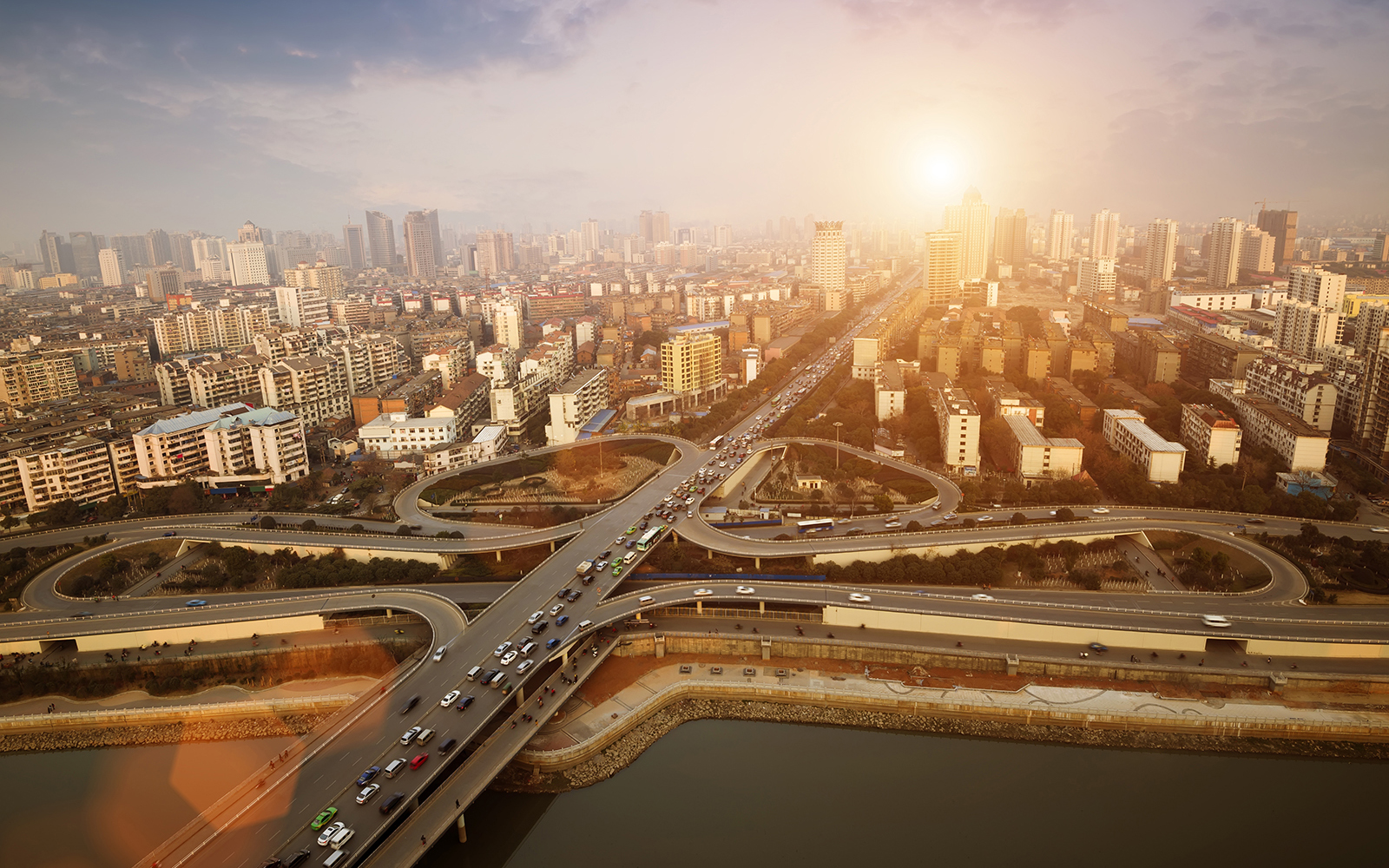Active transportation planning and design
Connecting communities and active lifestyles through hike and bike trail planning
Hike and bike trails
Hike and bike trails help communities meet shared value goals by creating a space to stay connected, be active, and embrace nature. Active trails shape the liveability and mobility for long-term community attractiveness.
With the pace of urbanization, pre-emptive planning for further development of hike and bike trails should become a priority during municipal, and county planning. This may include considerations for new planning development, revitalization of existing parks, or conversion of brownfield or abandoned properties into green spaces.

Active transportation benefits
Properly engineered trails provide a safer, more comfortable environment for the growing number of people riding bikes or using other forms of active transportation. Plus, they benefit everyone.

Creating equity
Trails support equitable community and revitalize growth when planned thoughtfully. Accessible and connected amenities benefit everyone. By keeping our parks and trails beautiful, accessible, safe, and functional, we ensure equitable access to nature and promote healthier lifestyles. Creating community connectivity within and between neighborhoods, schools, and community centers as well as increasing economic vitality are driving factors that show why we need to focus on this urban mobility development.
Quality of life
Active transportation increases the quality of life, general health, and well-being of those who use it or live nearby. Benefits from these trails include access to jobs, potential pollution reduction, exercise opportunities, and access to nature. It also supports the revitalization of nearby, connected communities and enables competitiveness with peer cities that are setting the bar.
Environmental considerations
Environmental impacts should always be considered as part of the project design. Sustainable design will consider beneficial impacts to water quality and general ecology. Example elements may include wetland plantings, pocket prairies, and permeable pavers. Planting selections will also vary based on plants native to the area and general environmental conditions.
Other environmental and sustainability factors to include during planning are:
- Resiliency in Floodways and Floodplains
- Erosion control
- Sustainable/nature-based solutions
Considerations for trail design
Slopes, grades, and existing land conditions all play a role in the applied geometry used to design a trail plan. Safety elements are another critical element to factor in the design to ensure usability and trail adoption.

Factors for planning
Geometry (horizontal and vertical)
- Trail intersections
- Street intersections or crossings
- On-street pavement conditions
- Drainage
- Trail edge protection
- AASHTO Guide for the Development of Bicycle Facilities
- ADA requirements
- Retaining wall types/drainage
- Maintenance access
Safety considerations
- Lighting
- Callbox/blue phone
- Striping/signing
- Railing
- On-street painted/delineated/separated
- Trail tie-ins
- Vehicle prohibition
- Crossings signals
- Horizontal clearance from vertical obstructions
Our experience
RPS has delivered hundreds of miles of pedestrian, bicycle, and trail projects across Texas working directly with city staff in Public Works, Traffic, Transportation, Watershed Protection, and Parks and Recreation Departments.
We understand the requirements of various stakeholders and potential project challenges and use this experience to manage the processes involving permitting, contractor direction, public involvement, and TDLR compliance.
From trail design, site assessment, field observation, environmental engineering, and trail construction management our diverse expertise ensures absolute delivery of every project.

Field design process
RPS utilizes the field design process when feasible to improve the efficiency and cost effectiveness of the project. Benefits include:
- Lower design costs
- Accelerated schedule
- Flexible construction schedule
- Quick response to stakeholder requests
- Significant increase in the volume of work performed
























